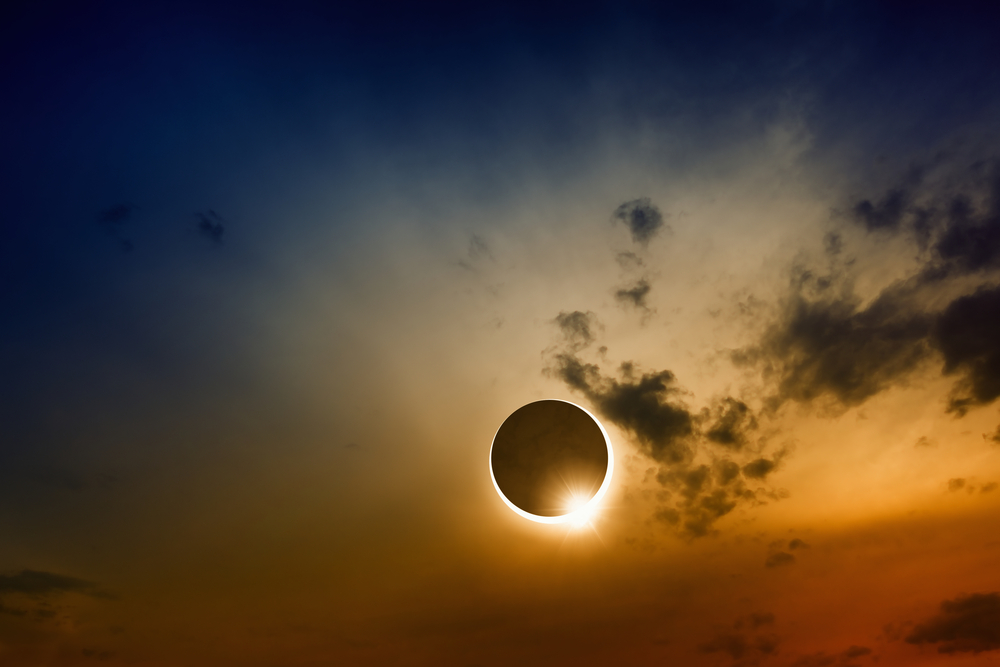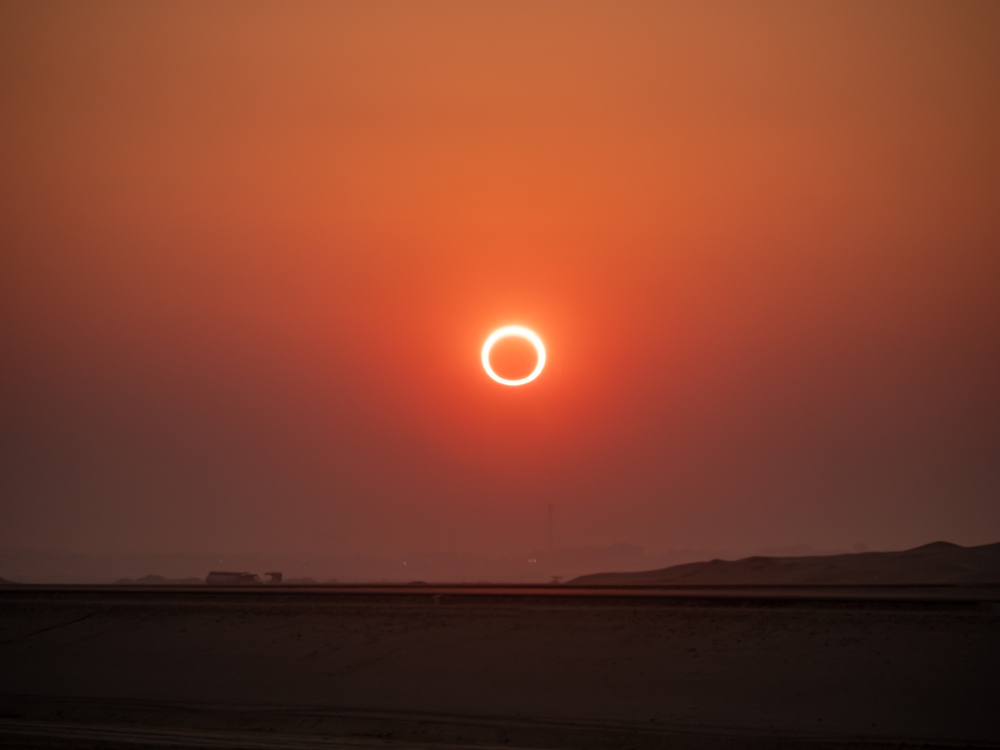
A guide to the 2024 solar eclipse
When the skies over Mexico and North America darken on April 8, all eyes will be drawn upward to behold a celestial phenomenon that only happens once in a generation: a total solar eclipse. This stunning phenomenon, in which the moon passes squarely between Earth and the sun, offers an Read More...

How and where to see this week's annular "ring of fire" solar eclipse
On October 14, nature will present us with a rare celestial spectacle: an annular solar eclipse. This enthralling occurrence will light up the sky, transforming the sun into a dazzling "ring of fire." While the will mostly take place over regions of the western United States, and Central and South Read More...

Astronomers demand disco balls for science: A shiny spin on solar observation
It’s true that disco balls have had their place in space for decades now. However, some astronomers argue in a new article that disco balls should also be installed in colleges and scientific institutes. Disco balls, as a group of Scandinavian astronomers put it in their yet-to-be-peer-reviewed Read More...

Check out photos from the recent sunset solar eclipse
A solar eclipse happens once in a blue moon. Oh wait, that’s not right. Let’s be more specific: solar eclipses take place approximately every 18 months somewhere on Earth, although they only recur in any given place once every 360 to 410 years. The last solar eclipse happened just last week, Read More...

There’s a total solar eclipse happening next week
If you missed the total solar eclipse that bisected the continental United States in 2017, you have another shot to see this amazing phenomenon on July 2. All you have to do is travel to Chile or Argentina to see it. Once every 18 months or so, the moon aligns completely with the surface of the Read More...


